A couple of years ago, a McLaren Automotive development engineer explained to me one of the key advantages you benefit from when crash-testing a supercar with a carbonfibre tub.
It was Mark Vinnels, programme director for the 12C, talking on the phone from a hotel inside the Arctic Circle. I remember very clearly some of the detail that he revealed about the crash regime, though – because I couldn’t quite believe it.
The 12C had to go through the same brutal barrage of crashes that any new production car must face face during the prototype phase. Unbelievably, that means more than 350 actual impacts these days, split between sled tests, offset barrier tests and pole tests, all done at various speeds.
Funny thing is the company needed only 12 prototypes to pass them all. On many occasions following a test, the team would simply recover the crashed car, fit new aluminium crash structures and then throw it at the wall all over again. And again. And again.
McLaren’s carbonfibre MonoCell is the reason why that could happen. It is strong enough, for example, to take a pole in the kidneys at urban speeds without cracking, deforming or deteriorating.
It’s also the reason why the new 12C Spider is such a good convertible supercar – a benefit that owners would probably be much keener to appreciate in person – because it provides incredible torsional stiffness. It makes a roof an entirely secondary, discretionary part of the structural equation.
If road testing only paid about 10 times better, this might be the only roofless high-performance machine that I’d consider owning. It’s a better car than the coupé – and if you genuinely care about dynamic performance, you can seldom say
that about cars of its ilk. It’s every bit as fast, strong and sharp to drive as the coupé, but the open-air dimension makes the driving experience that bit more rich and immersive and a bit less cold and clinical. And that’s to say nothing of McLaren’s big 12C trump card: how smooth riding and usable this car can be during the daily grind.
Log on to Autocar.co.uk again tomorrow where we'll continue our rundown of the best cars of 2013.

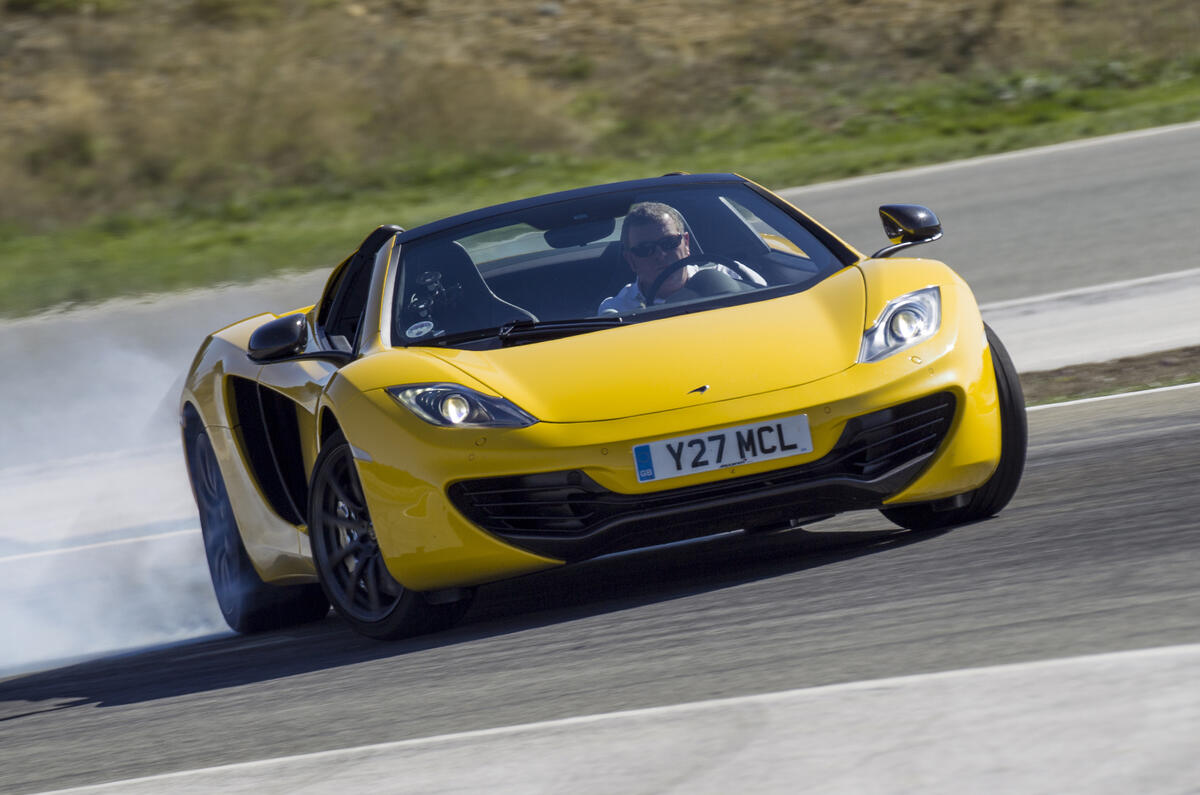
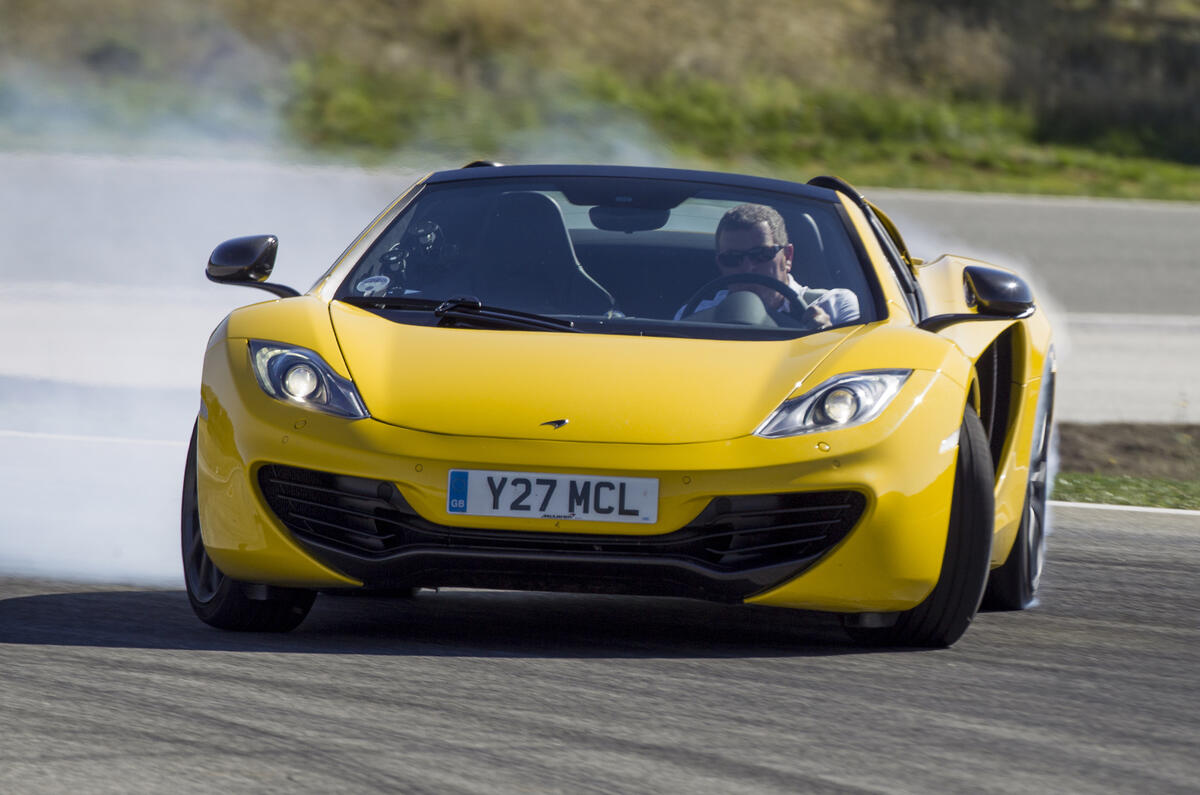
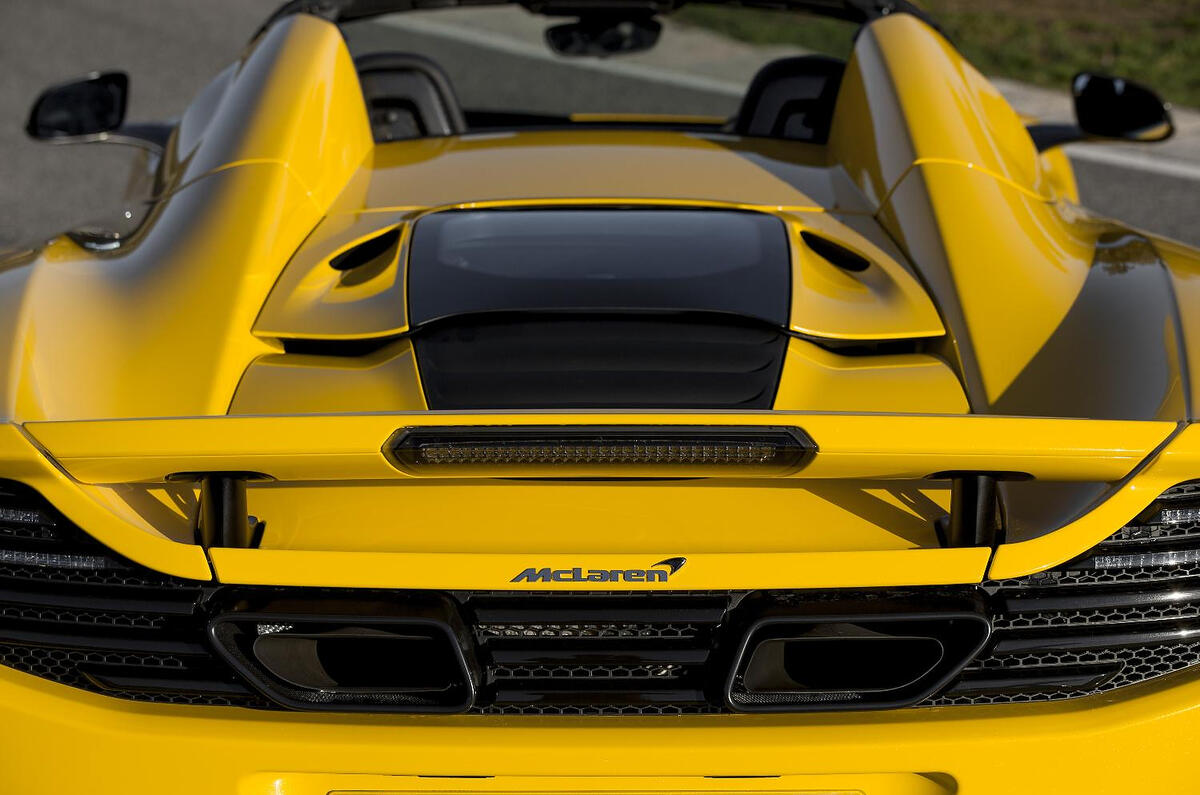
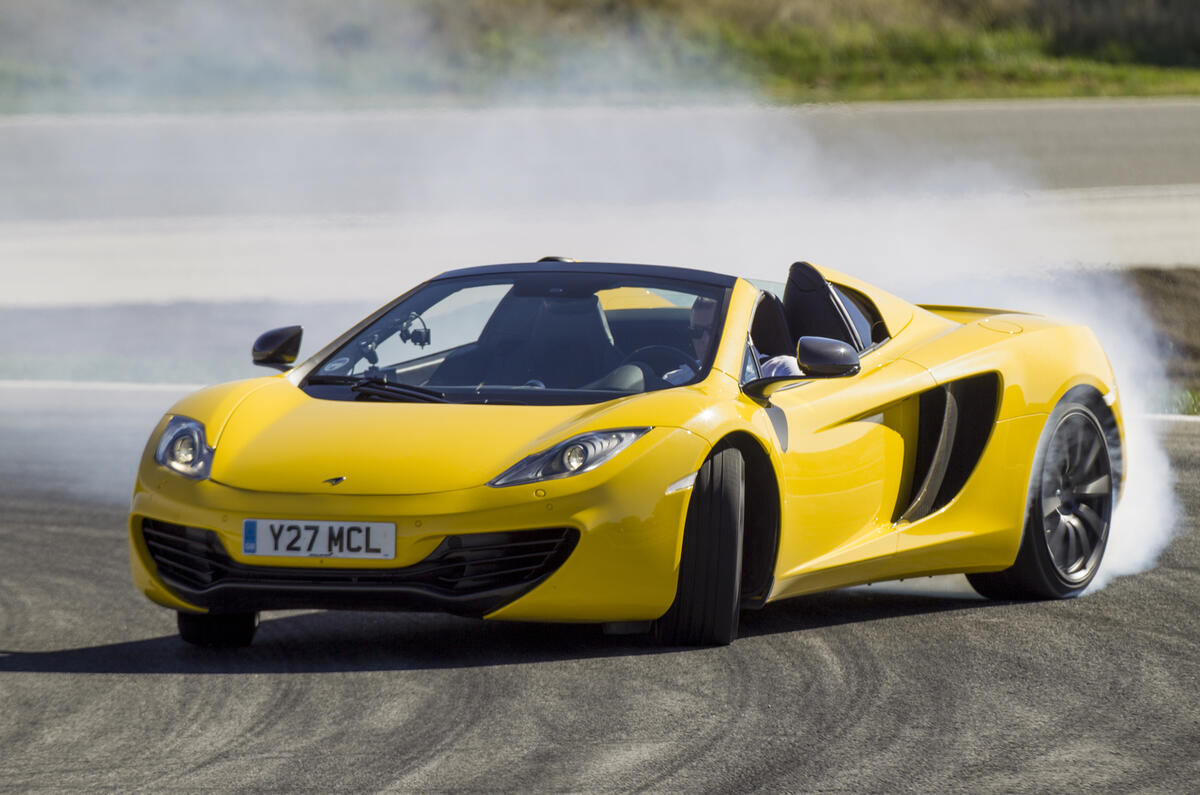




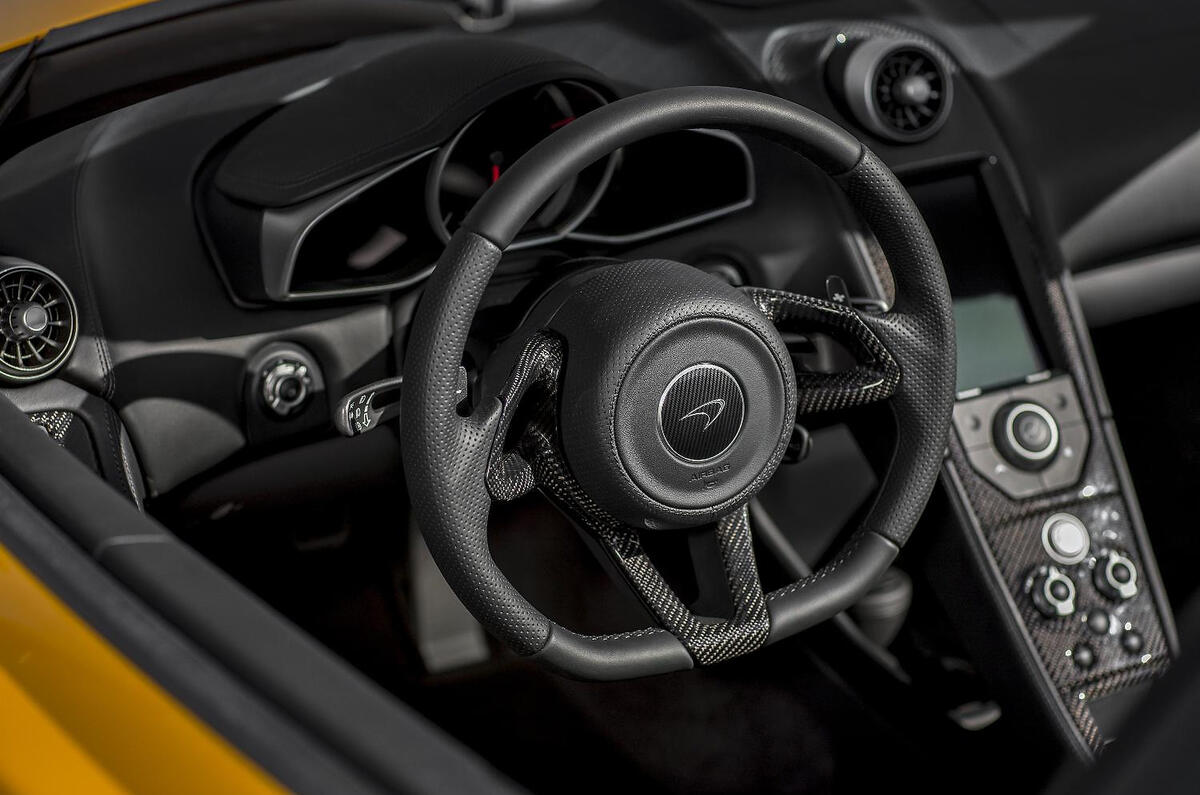
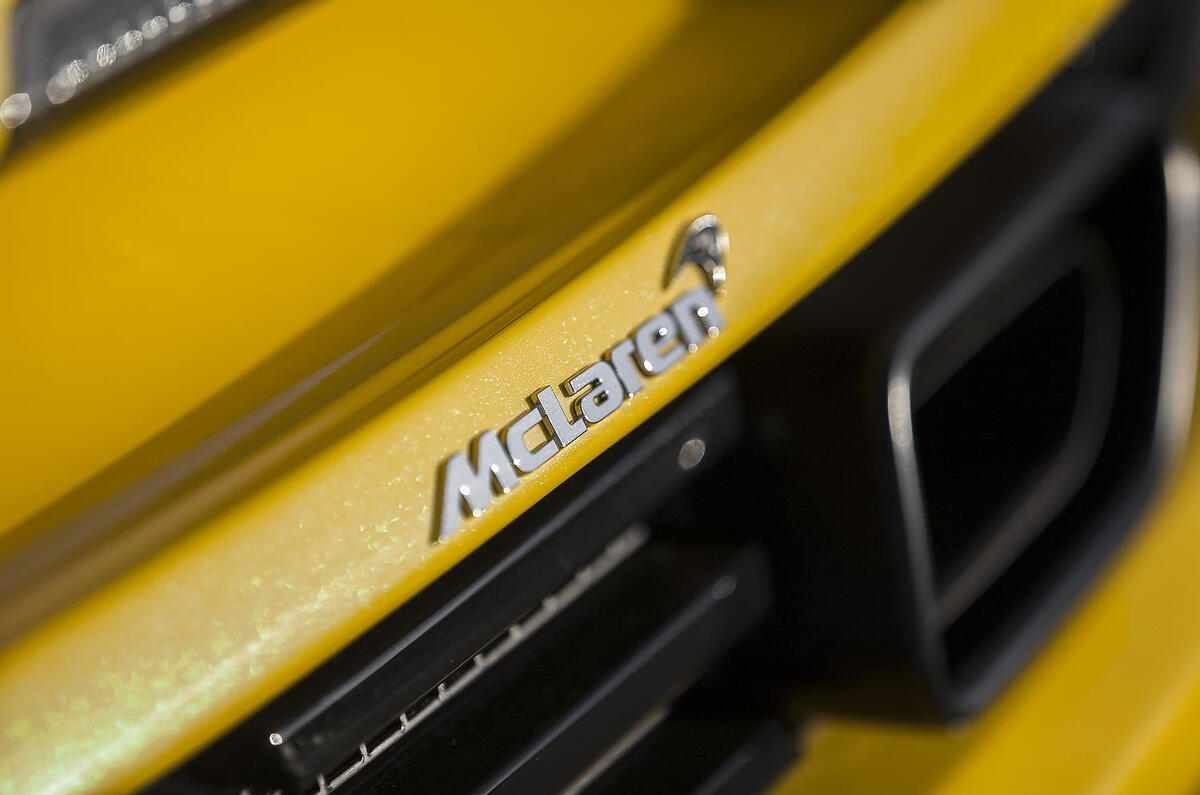
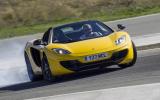
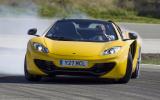

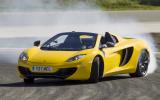
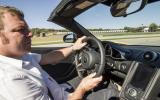
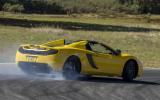
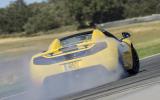
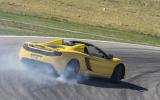
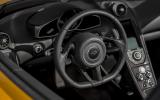
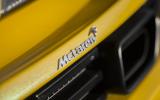






Add your comment